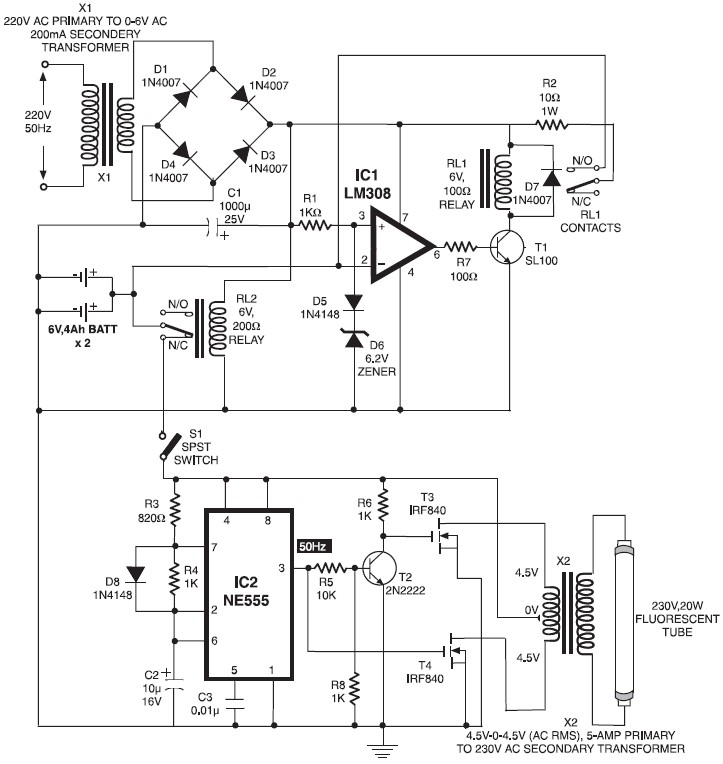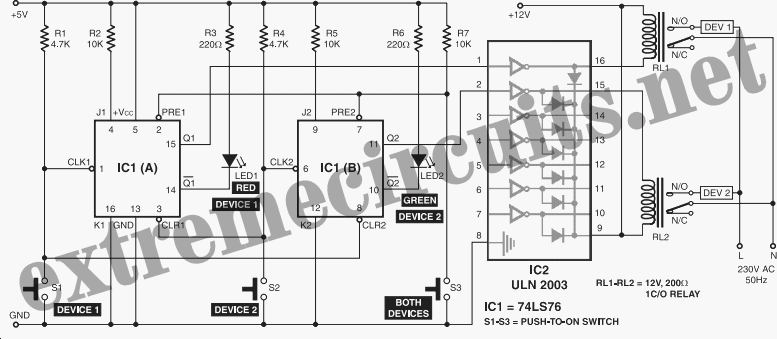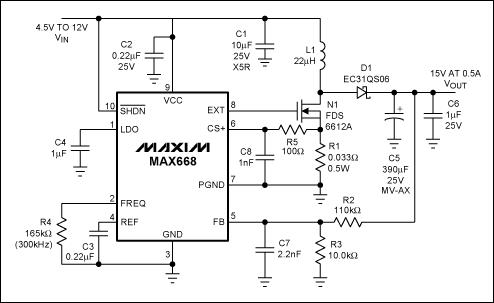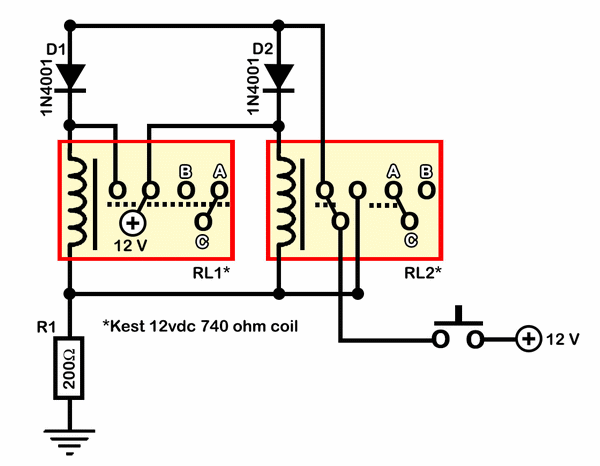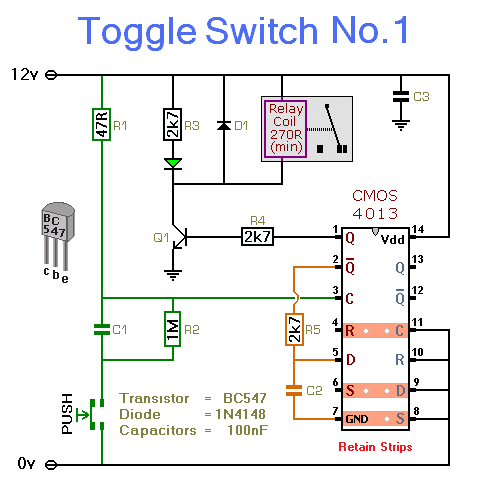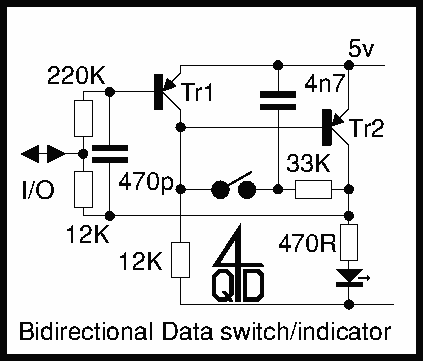
Time-On Touch Switch
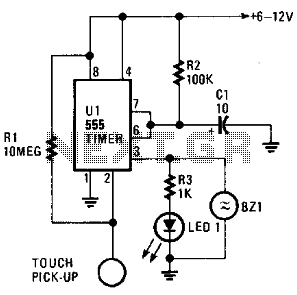
The circuit is based on a 555 oscillator (U1), which activates when a trigger is applied by touching the touch terminal connected to pin 2 of U1. Once triggered, LED1 and BZ1 (a piezoelectric buzzer) illuminate for a duration determined by the resistor R2 and capacitor C values. The ON-time of the touch circuit can be adjusted by varying the values of C1 and R2. This touch switch can operate on batteries, eliminating the need for proximity to a 60-Hz power source for activation. The minimal current supplied to the trigger input through the 10-ohm resistor R1 renders the input circuitry highly sensitive to external loading, allowing easy activation by touching the pickup.
The described circuit employs a 555 timer IC configured in monostable mode, which is ideal for generating a single output pulse in response to a trigger signal. The touch terminal serves as the input for the trigger, which, when activated, causes the 555 timer to generate a high output on pin 3. This output is used to drive the LED1 and the piezoelectric buzzer BZ1. The duration of the output pulse is determined by the resistor R2 and the capacitor C, following the formula T = 1.1 * R2 * C, where T is the time period in seconds.
The circuit is designed to be powered by batteries, which adds versatility and portability, allowing it to be used in various applications without reliance on a fixed power source. The inclusion of a 10-ohm resistor (R1) at the trigger input enhances the circuit's sensitivity, ensuring that even minimal contact at the touch terminal can initiate the activation sequence. This characteristic makes the circuit suitable for applications where ease of use and quick response are critical.
Adjustments to the values of C1 and R2 enable users to customize the ON-time according to specific needs, making the circuit adaptable for different scenarios. The simplicity and effectiveness of this design lend it to various uses, from simple alarm systems to interactive installations, where user engagement is achieved through tactile interaction. The circuit is built around a 555 oscillator (Ul), which is turned on when a trigger is applied by touching the touch terminal to pin 2 of Ul. When activated, LED1 and BZ1 (a piezoelectric buzzer) turn on for the time period set by the values of R2 and C. The ON-time of the touch circuit can be altered by changing the values of Ci and R2. This touch switch can be powered from batteries so that it need not be near a 60-Hz power source for triggering.
The extremely small amount of current supplied to the trigger input through the 10- resistor. Rl, makes the input circuitry very sensitive to any external loading, and it is easily triggered by touching the pickup. 🔗 External reference
The described circuit employs a 555 timer IC configured in monostable mode, which is ideal for generating a single output pulse in response to a trigger signal. The touch terminal serves as the input for the trigger, which, when activated, causes the 555 timer to generate a high output on pin 3. This output is used to drive the LED1 and the piezoelectric buzzer BZ1. The duration of the output pulse is determined by the resistor R2 and the capacitor C, following the formula T = 1.1 * R2 * C, where T is the time period in seconds.
The circuit is designed to be powered by batteries, which adds versatility and portability, allowing it to be used in various applications without reliance on a fixed power source. The inclusion of a 10-ohm resistor (R1) at the trigger input enhances the circuit's sensitivity, ensuring that even minimal contact at the touch terminal can initiate the activation sequence. This characteristic makes the circuit suitable for applications where ease of use and quick response are critical.
Adjustments to the values of C1 and R2 enable users to customize the ON-time according to specific needs, making the circuit adaptable for different scenarios. The simplicity and effectiveness of this design lend it to various uses, from simple alarm systems to interactive installations, where user engagement is achieved through tactile interaction. The circuit is built around a 555 oscillator (Ul), which is turned on when a trigger is applied by touching the touch terminal to pin 2 of Ul. When activated, LED1 and BZ1 (a piezoelectric buzzer) turn on for the time period set by the values of R2 and C. The ON-time of the touch circuit can be altered by changing the values of Ci and R2. This touch switch can be powered from batteries so that it need not be near a 60-Hz power source for triggering.
The extremely small amount of current supplied to the trigger input through the 10- resistor. Rl, makes the input circuitry very sensitive to any external loading, and it is easily triggered by touching the pickup. 🔗 External reference
